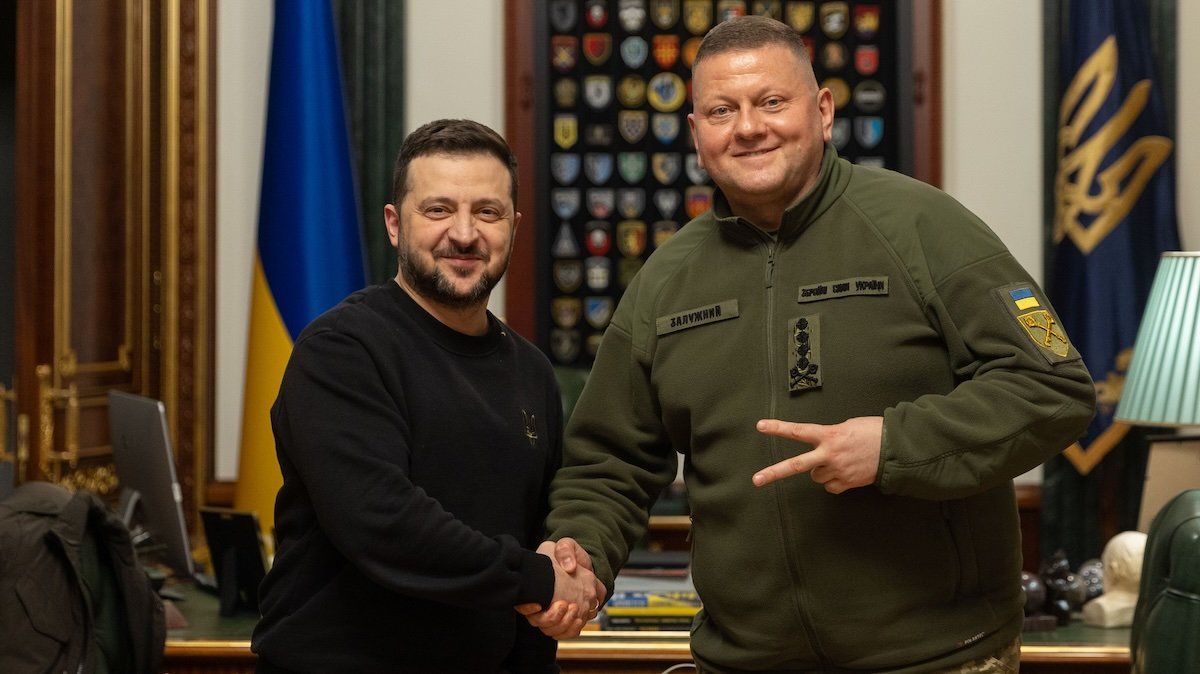After a week of confusion, Ukrainian President Volodymyr Zelensky has pulled the trigger. He announced Thursday that he had fired Valery Zaluzhny, commander-in-chief of Ukraine’s armed forces, 10 days earlier.
For now, the divorce appears amicable. Both men posted a social media photo of the two exchanging smiles and a handshake. Zaluzhny wrote that “A decision was made about the need to change approaches and strategy.” Zelensky posted his gratitude for his general’s “two years of protecting Ukraine.”
The new top general will reportedly be Colonel GeneralOleksandr Syrsky, a man some experts warn is “widely disliked” by many of Ukraine’s frontline troops.
The shake-up isn’t a shock. Zelensky signaled earlier this week that he wants “a reset, a new beginning” for both his government and military. Last year’s deeply disappointing counteroffensive exposed differences between the president and his lead general. It also demanded a political move to reinvigorate public confidence that Ukraine can still win the war.
Will this move yield results? A number of Russian military reshuffles since the invasion have done little more than create an increasingly dangerous battlefield stalemate that encourages the taking of bigger risks on both sides.
